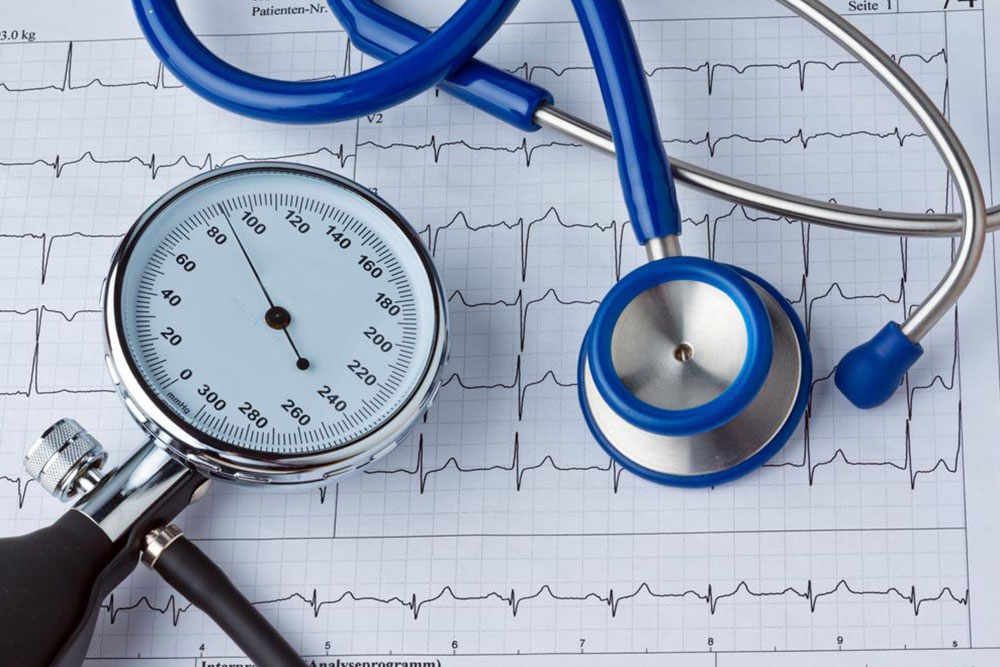Essential Guide to Common Cardiac Conditions and Their Impact on Heart Health
This comprehensive guide explores the most common cardiac conditions, including hypertensive heart disease, rheumatic heart disease, congenital defects, arrhythmias, and atherosclerosis. It emphasizes early detection, preventive measures, and modern treatment options vital for safeguarding heart health. Understanding these heart disorders helps individuals make informed decisions and seek timely medical care to prevent severe complications and improve quality of life.

Understanding the Major Types of Cardiac Conditions and Their Effects on Heart Health
The realm of cardiovascular health encompasses a wide array of disorders that collectively affect millions of individuals worldwide. Over the past several decades, the incidence of heart-related diseases has markedly increased, positioning these conditions as a leading cause of death globally. Heart diseases can be congenital, developing from birth, or acquired over time due to lifestyle, environmental factors, or other health issues. Recognizing and understanding the different types of cardiac conditions is essential for early diagnosis, effective treatment, and improved prognosis.
Below is a comprehensive overview of the most common cardiac disorders that healthcare professionals frequently encounter. Each condition varies in its causes, symptoms, severity, and treatment strategies. A thorough understanding of these conditions can empower patients to seek timely help and adopt preventive measures to protect their heart health.
Hypertensive Heart Disease
High blood pressure, also known as hypertension, is one of the primary contributors to various cardiac problems. It can be idiopathic (primary hypertension) or secondary, caused by other underlying conditions like kidney disease, hormonal disorders, or infections. Chronic hypertension places increased strain on the heart muscle, especially the left ventricle, leading to thickening of the heart walls, which impairs its ability to pump efficiently. Over time, this strain can result in heart failure, arrhythmias, and other complications. Lifestyle modifications—such as reducing salt intake, engaging in regular exercise, managing stress, and adhering to prescribed medications—are vital to control hypertension and prevent subsequent heart damage.
Rheumatic Heart Disease
Rheumatic fever, an inflammatory disease that can develop after untreated or inadequately treated streptococcal throat infections, can lead to rheumatic heart disease. This condition primarily affects children and young adults. The inflammation caused by rheumatic fever damages the heart valves, often leading to scarring and deformity. Commonly, individuals with rheumatic heart disease experience valve stenosis or regurgitation, which can impair normal blood flow through the heart. Early diagnosis and treatment of streptococcal infections are crucial to prevent rheumatic fever and its long-term cardiac consequences. Surgical interventions like valve repair or replacement may be necessary in advanced cases.
Congenital Heart Defects
Born with these structural abnormalities, congenital heart defects encompass a wide range of conditions. Some defects involve holes in the heart tissue, such as atrial septal defects or ventricular septal defects, allowing abnormal blood flow between chambers. Others involve malformed or abnormal heart valves, or abnormal connections between arteries and veins, like patent ductus arteriosus. These defects can vary from mild, causing no significant symptoms, to severe, leading to heart failure or cyanosis (a bluish tint to the skin). Early detection through prenatal or postnatal screening is essential for managing these conditions. Surgical correction, catheter-based interventions, or ongoing medical therapy can significantly improve life expectancy and quality of life for affected individuals.
Arrhythmia
Arrhythmias are disorders characterized by irregular or abnormal heart rhythms. They can cause the heart to beat too fast (tachycardia), too slow (bradycardia), or erratically. This disruption in the heart’s electrical system can compromise blood circulation, leading to symptoms like dizziness, fainting, chest pain, or shortness of breath. Certain arrhythmias, such as atrial fibrillation, increase the risk of stroke. Management strategies include lifestyle modifications, medications like anti-arrhythmic drugs, electrical cardioversion, or device implantation such as pacemakers or defibrillators. Timely diagnosis and treatment are crucial to prevent serious complications or sudden cardiac death.
Atherosclerosis
Atherosclerosis involves the buildup of fatty plaques within the coronary arteries, which supply blood to the heart muscle. This process gradually narrows the arteries, reducing blood flow and oxygen delivery to the myocardium. It is a primary contributing factor to coronary artery disease, which can manifest as angina (chest pain), heart attacks, or strokes. Risk factors for atherosclerosis include high LDL cholesterol levels, smoking, diabetes, hypertension, obesity, and a sedentary lifestyle. Preventive measures consist of a heart-healthy diet, regular exercise, smoking cessation, managing blood pressure and cholesterol levels, and medications like statins when necessary. In advanced cases, procedures like angioplasty, stenting, or coronary artery bypass grafting (CABG) may be required to restore blood flow.
Understanding these prevalent cardiac conditions can help individuals recognize early warning signs, adopt healthier lifestyles, and seek appropriate medical care in time. Maintaining a heart-healthy lifestyle and regular check-ups are key components of cardiovascular disease prevention and management. Advances in medical technology and interventions continue to improve outcomes for patients worldwide, underscoring the importance of early diagnosis and comprehensive treatment approaches.





